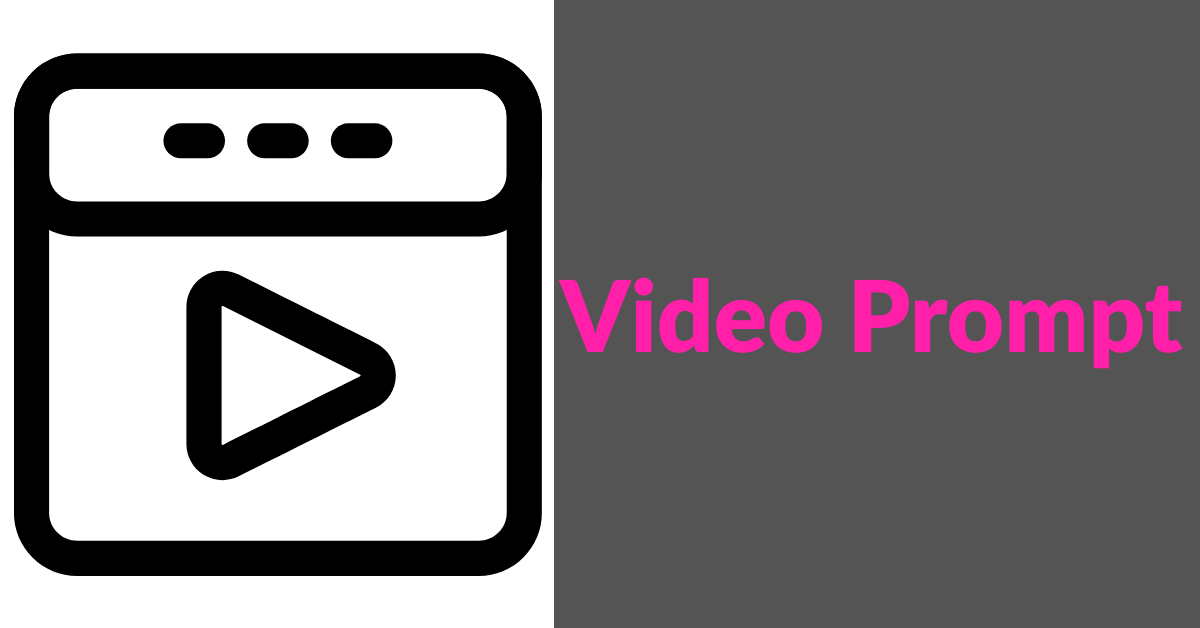
Viral Hooks for Reels: Curiosity and Reverse Reveal Formats
-
by AiPrompt
- 51
Let’s be honest — most people decide whether to watch your Reel in the **first 2 seconds**. And in 2025, that first impression is more brutal than ever. Everyone’s swiping. Algorithms are picky. Viewers want value *now*… or they scroll away.
So, how do you win attention *before* the viewer even knows what your video is about? Easy: **curiosity and reverse reveals.** These aren’t just editing tricks — they’re psychological frames that hook the brain with tension, questions, and “wait for it” moments.
Curiosity-based hooks leave a gap — something unsaid, unexplained, unresolved. And reverse reveals flip the traditional storytelling arc, starting with the outcome or chaos… then rewinding to show the cause. It’s storytelling for the short-form era — and it works insanely well.
In this post, I’m sharing 5 proven Reel prompts using these formats. They’re powerful, fast, and designed to make viewers *need* to stick around. If you create tutorials, storytelling clips, AI content, or even funny behind-the-scenes — these hooks will instantly lift your watch time and engagement.
📱 Viral Hooks for Reels: Curiosity and Reverse Reveal Formats
Prompt: “At first, this made no sense. But then…”
Classic curiosity format. Viewers stay to learn what “this” was — and what changed.
Prompt: “What you’re seeing isn’t what it looks like.”
Triggers confusion and anticipation. Works well with visual reveals or surprising AI art.
Prompt: “Here’s what I did *after* this happened.”
Reverse narrative. Starts with the outcome or incident, then explains the journey backward.
Prompt: “This went viral… but no one saw the part before it.”
Leverages social proof + hidden context. Viewers stay to uncover the ‘unseen’ story.
Prompt: “If I showed you the result first, would you believe me?”
Perfect for transformation, makeovers, or even AI-generated time-lapses.
❓ FAQs
Q1: What’s the difference between curiosity and reverse hooks?
A: Curiosity creates a gap in knowledge. Reverse hooks show the result first, then rewind to build intrigue.
Q2: Can I use these with AI video tools?
A: Yes — especially reverse formats with Sora or Kaiber. Start with the finished visual, then explain how it was made.
Q3: Are these too advanced for beginners?
A: Not at all. These formats are simple to use with basic editing or voiceover. What matters is the story angle.
Q4: How long should these Reels be?
A: Ideal range is 15–45 seconds. Short enough to loop, but enough time to deliver a satisfying reveal.
Q5: Do they work better with text overlays?
A: Definitely. Use bold text + emojis to guide the eye and emphasize curiosity triggers.
🚀 Final Thought:
Every viral creator I follow — from AI educators to storytellers — is mastering these formats. They’re simple, addictive, and designed to break the scroll. Try one prompt this week… and watch your views pop.
Related posts:
Let’s be honest — most people decide whether to watch your Reel in the **first 2 seconds**. And in 2025, that first impression is more brutal than ever. Everyone’s swiping. Algorithms are picky. Viewers want value *now*… or they scroll away. So, how do you win attention *before* the viewer even knows what your video…
Let’s be honest — most people decide whether to watch your Reel in the **first 2 seconds**. And in 2025, that first impression is more brutal than ever. Everyone’s swiping. Algorithms are picky. Viewers want value *now*… or they scroll away. So, how do you win attention *before* the viewer even knows what your video…
